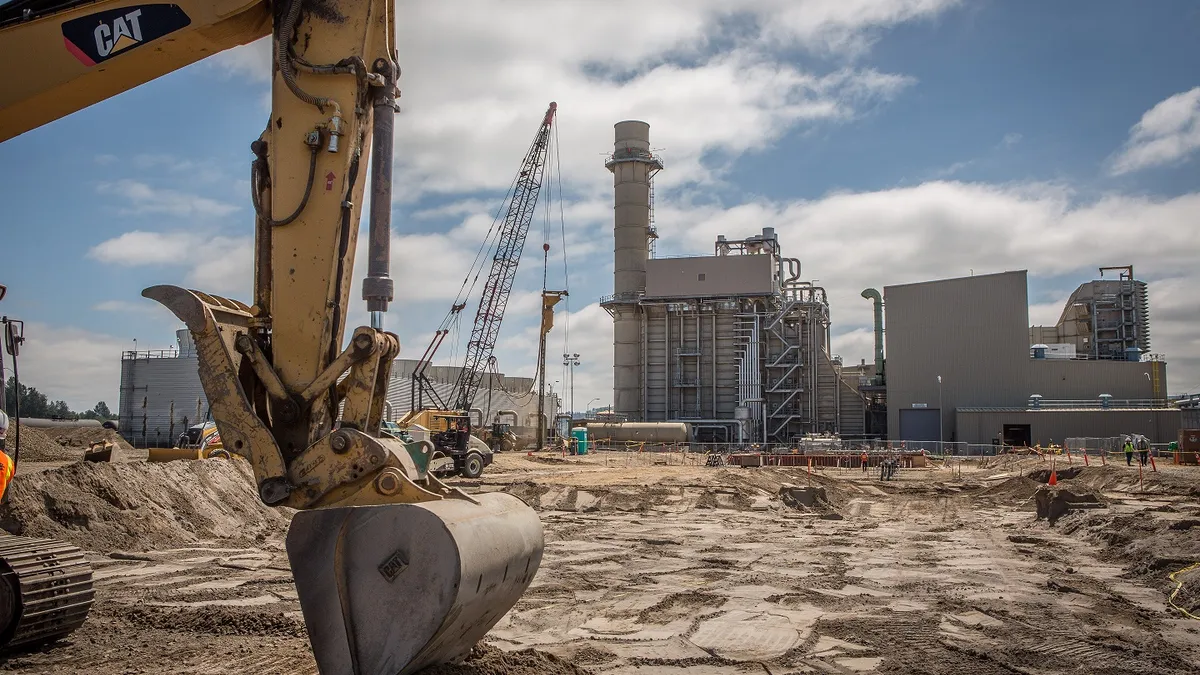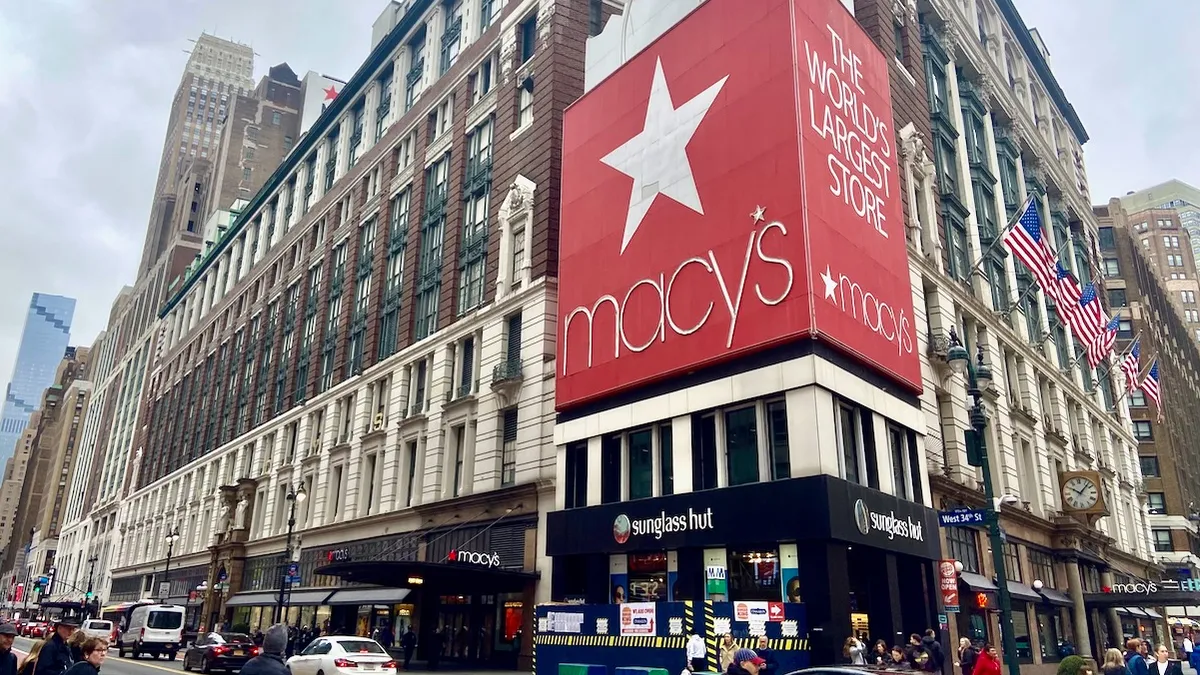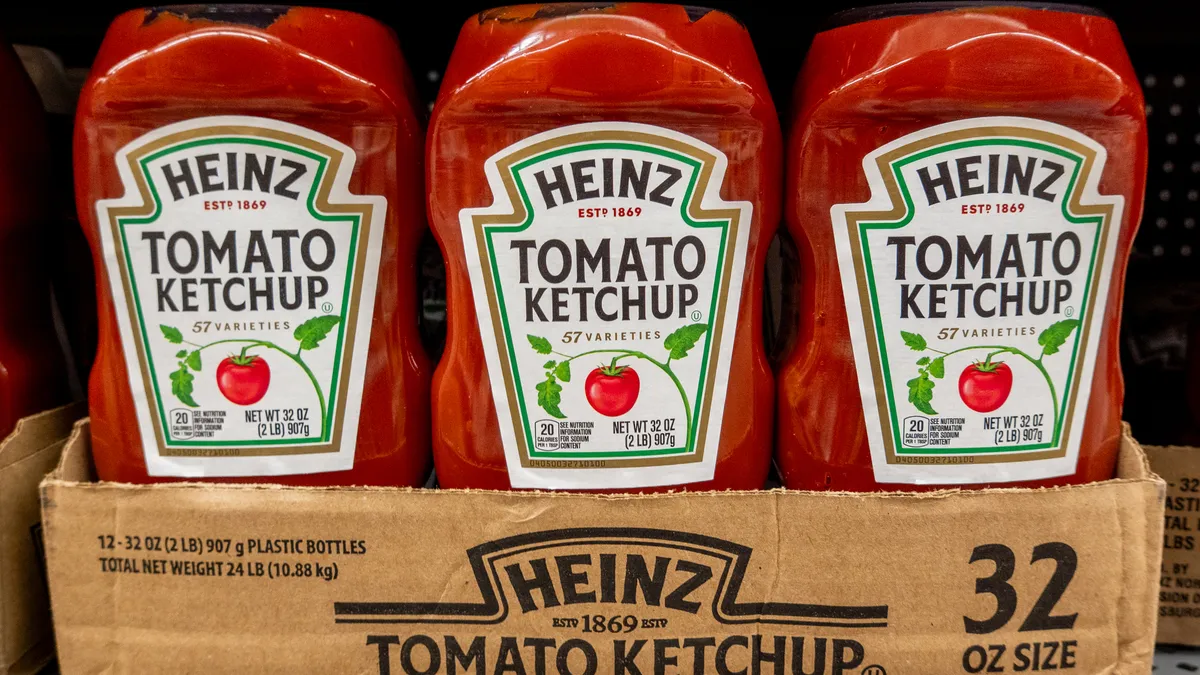Editor's Note: Logistically Minded will not be published next week. The column will run again Friday, April 7.
Supply chains are constantly changing as new rules, technologies, resources and market trends transform operations. Here's a skim of the week's indexes, technology announcements, expansions and M&As from around the web.
In Case You Missed It
- New technology has raised a troubling question: is freight forwarding at a crossroads?
- A warehouse fire left UPS clients empty-handed in Florida, leading to downstream disruptions.
- Price fixing allegations led the Department of Justice to subpoena at least 4 major ocean carriers.
Market Snapshot
National indices suggest the economy is on the rise, with more industrial production, higher prices and greater volumes being shipped. But how does this look at a regional level? The Federal Reserve Bank of Philadelphia provides one answer with its March 2017 Manufacturing Business Outlook Survey, suggesting the same trends seen nationally hold strong in the region.
Although at first glance the survey shows manufacturing activity fell by 11 points in March, the individual order, shipments, delivery times and unfulfilled inventory indices all rose again.
Just likes the Institute for Supply Management reported, manufacturers are seeing a strain on their orders due to higher general demand. Meanwhile, this same demand is causing more laborers to enter the workforce and work longer hours. The Philly Fed reports 25% of respondents hired more last month, while only 8% had fewer employees.
Of course, higher demand strains supply and raises prices even as productivity increases. The Fed notes 41% of respondents paid more for inputs, and 25% received more in payments for this outputs. Notably, prices have tended upward since a mid-2015 trough and have reached their highest level since May 2011.
Overall, regional manufacturers are more optimistic now than they have been in nearly three years, with 66% of respondents expecting 6-month economic activity increases, more orders, shipments and employees.
Yet, as Supply Chain Dive has widely reported, finding employees is not that simple given the high skills gap.
The same survey addresses this issue with a special questionnaire: 60% of survey respondents said they had a labor shortage, while another 68% claimed there was a skills gap between labor needs and candidates. Almost half (47%) had been recruiting for over 90-days with little success, and roughly 46% said they even increased wages to find more skilled labor.
Overall, the skill shortage appears to be most prominent in the operation of machinery, although nearly half said management skills were highly needed as well. Progress was made on the computation side, however, with a 6-point decrease from 2014 in respondents identifying computer skills as a talent gap.
Respondents have not been passive on this issue, however. Nearly 78% said they increased focus on recruiting (with 29% recruiting outside the region), 54% providing training to existing staff, and 29% partnering with some educational institution to ensure students were learning what manufacturering employers need. The talent gap may be widespread, but at least manufacturers are taking the matter into their own hands.
Technically Speaking
SAP Ariba unveiled a series of new products last week at its live conference as it seeks to ensure the platform continues to be seen as a standard bearer for the digitization of procurement.
In one announcement, the company invited users to meet Procurement, a new (creatively named) chatbot to help buyers and suppliers avoid the burdens of ... communication. See, when a supplier makes a mistake or a buyer fails to make its standard clear, SAP Ariba argues, invoices tend to fly back and forth for days or weeks, delaying payment altogether.
Nobody likes delays, so the company is looking to minimize such errors altogether with the help of Procurement. The voice-activated bot (think Siri or Alexa) would learn each party's information and requirements, helping to avoid human error. Whether the project will succeed in its mission depends on uptake and use, but, it's certainly a neat innovation.
All in all, however, the technology highlights the opportunities to automate what is rote in procurement and therefore reduce waste. This has long been solutions providers' mission, but it turns out implementing solutions wastes time as well. Accenture recently announced it had developed a "High Velocity Sourcing and Procurement solution" to implement SAP Ariba's solutions more quickly. If that sounds meta, it is.
Lastly, the platform also announced it would be entering the blockchain world to help improve transactions, although the press release provided few details.
In other news, Transfix reportedly launched rate negotiation and booking capabilities for carriers on its matching platform, American Shipper reported. Meanwhile, an airport in the Netherlands developed an alert system to warn pharmaceutical shippers when their shipment suffers from a temperature shift, The Loadstar reports.
Breaking Ground
Ports provide hundreds of jobs and millions of dollars in benefits to the U.S. economy, both directly and indirectly.
A port city will typically specialize on distribution, with dozens of freight forwaders, trucking companies, trade agents and freight equipment providers setting up shop in the region. Meanwhile, industrial real estate thrives in these regions, as manufacturers and retailers alike seek to minimize transport costs with an effectively selected distribution center.
Now, as East and Gulf Coast ports expect greater container traffic, their cities may also expect stronger economic growth.
At least, that appears to be the case for Mobile, AL, whose port drove Wal-Mart to choose the city as the location for its next distribution center, according to AL.com. Construction of the $126.9 million, 2.6 million square foot facility will break ground next week, and is expected to import over 600 truckloads a day from the Port of Mobile.
But while the port was a likely attraction for the big box retailer, cities must often compete for such facilities. After all, when it comes to ocean freight, Mobile is not far from Savannah, Houston or Port Everglades. AL.com reports the retailer likely received sizeable incentives to choose Mobile.
It's a classic example of how ports and governments must work together to ensure their economic competitiveness. Ports drive container volumes, which create incentives for industrial real estate. But, in order to increase growth higher volumes must be achieved. To achieve higher volumes, then, the port must increase its capacity, which requires greater (public or private) funding for cranes, dredging or real estate expansion. Where these funds come from is one of the great infrastructure debates.
Fortunately for the East Coast, the expansion of the Panama Canal and industry transition to larger ships has forced many authorities' hands to invest in deeper waters and larger cranes.
The Port of Philadelphia recently received $300 million from the state to deepen berths, install four post-Panamax cranes, relocate warehouses to make space for cargo handling, acquire more land and dedicate 155 acres for auto imports. The investment is the largest in 40 years, Philly.com reports.
In related news, the Georgia Ports Authority received four cranes at the Port of Savannah to handle post-Panamax vessels. The authority expects to add three new cranes by late April to boast 20 such cranes, American Shipper reports.
Expect further warehouses and manufacturing plants to set up nearby in order to take advantage of increased volumes, as well.
Mergers & Analysis
The pressure is on for shipping lines to complete their consolidation quickly to ensure that the rollout of new alliances is smooth. But the thing about industry consolidation is that antitrust concerns are real, and it's up to regulators to decide when to approve and whether deals are fair.
The European Commission passively drove this home last week when Maersk Line offered to cede some assets in order to ensure its acquisition of Hamburg Sud progressed flawlessly. There was talk that the purchase would leave Maersk with too large a share of South American trade, and the line appears to be taking its precautions. All in all, the regulator is currently reviewing the additional information, and will cast a vote to approve or deny the deal by April 10.
Of course, it's not only regulators who can stall agreements. Mergers often require some sort of capital commitment from partners, and as Hapag-Lloyd and UASC showed last week, it's not always easy to secure the capital. The two lines again postponed their closing deadline after facing trouble securing the necessary funds to fulfill the deal, various reports suggest.
Not all industries are having trouble closing deals, however. The pharmaceutical logistics space continues to benefit from increased demand, and major players keep making investments in the space. Kuehne + Nagel, for example, recently acquired two cold logistics providers located in Turkey and Italy, American Shipper reports.
In other news, Florida-based Crowley Maritime Corporation signed a deal with Pennsylvania-based Penn Terminals to service the former's U.S.-Puerto Rico route, and BluJay Solutions partnered with Lineage Logistics to include its cold-chain expertise in its Global Trade Network.





















